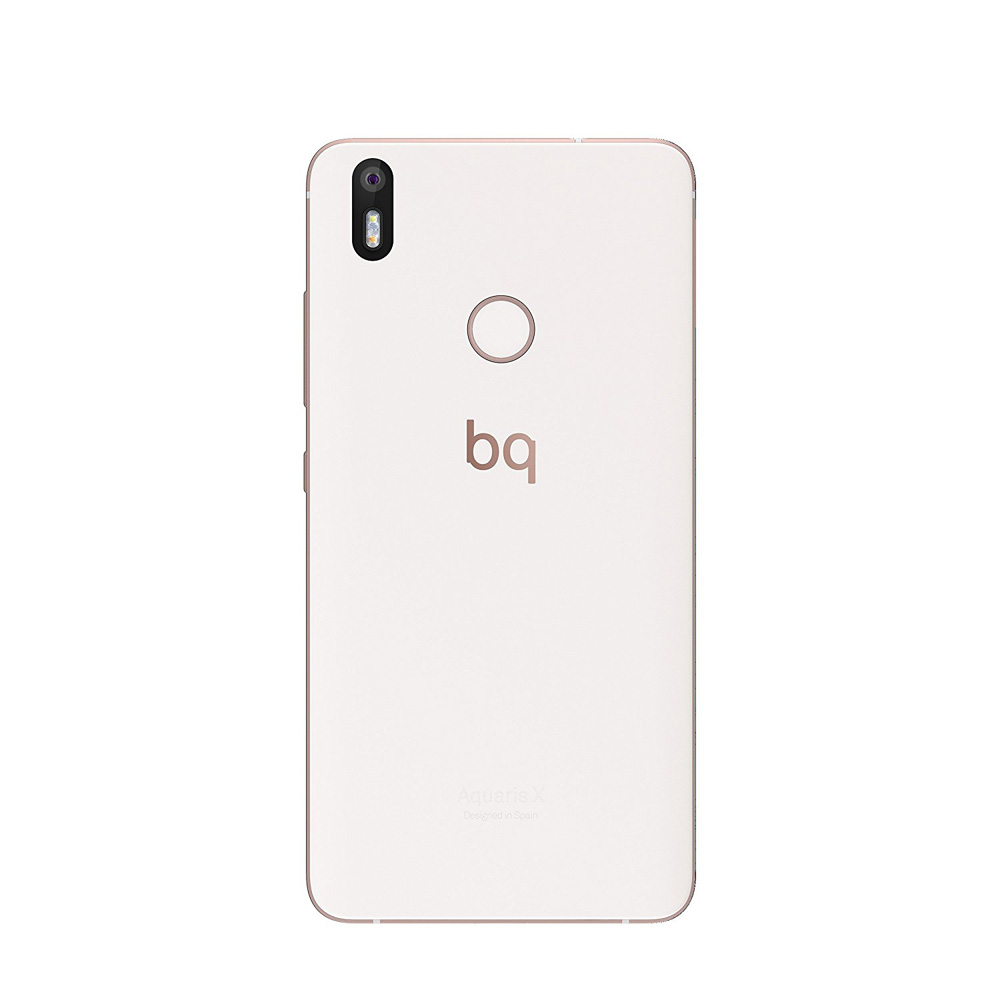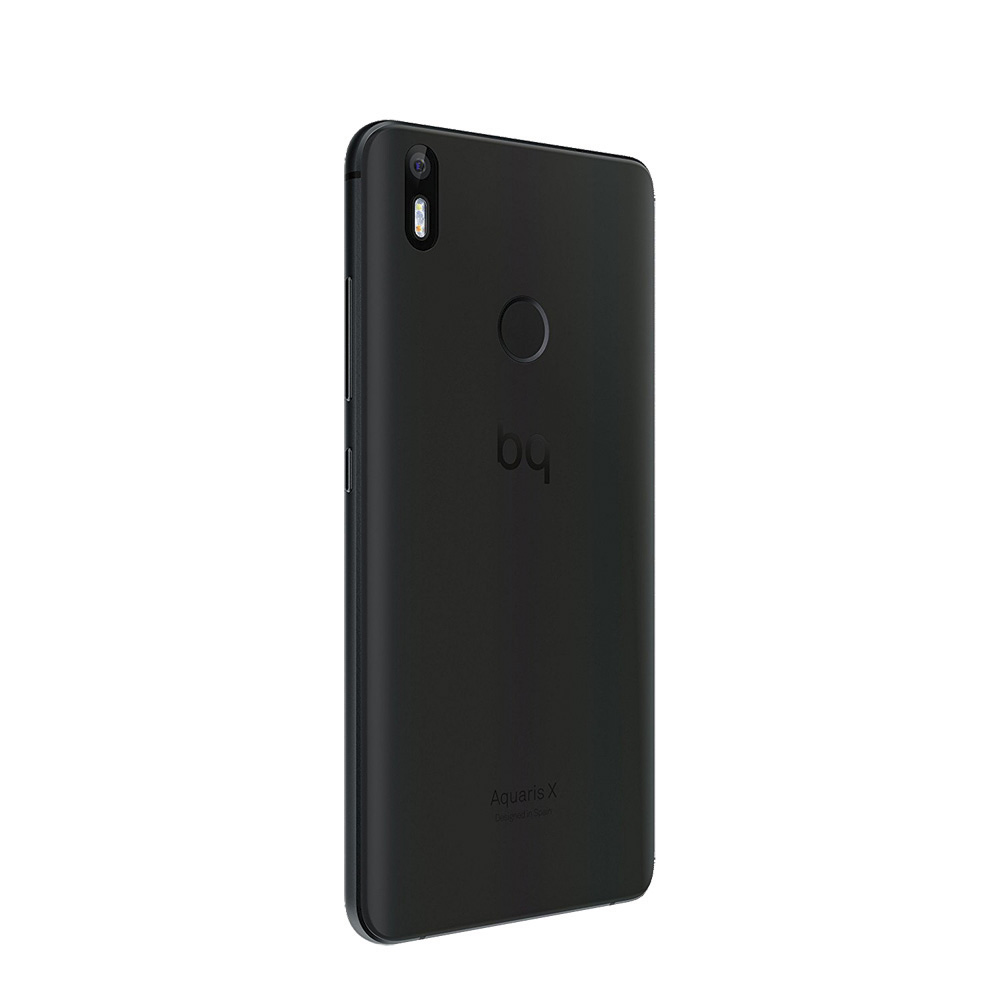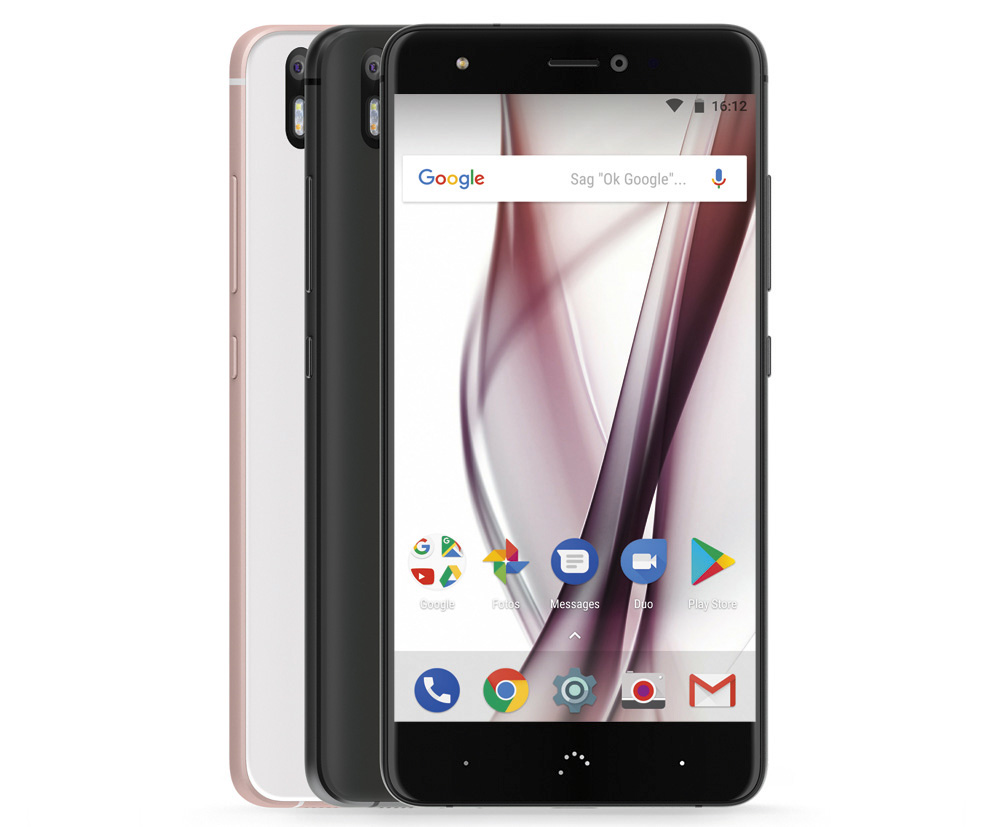The Aquaris X and Aquaris X Pro are the new flagship smartphones launched by BQ. Connect Magazine Germany took it into their hands to compare those two side by side. You can read about both models, their properties and the comparison in the following hands-on:
The Spanish manufacturer, BQ, delivers its latest top models with the Aquaris X and Aquaris X Pro, looking to really put the heat on the mid-class elite of Samsung and Huawei. BQ has become a term amongst smartphone fans. Not only do the products enjoy a good reputation,but the service is also outstanding. This meant that the Spanish manufacturer was able to achieve a top position in the connect 8/2017 issue for the update policy of its smartphones. Although the Spanish company’s individual models have come in with relatively low price tags across the board so far. Now BQ is taking it to the next level: in terms of price, the brand-new top models, the Aquaris X for €300 and Aquaris X Pro for €380, are competing with the likes of Samsung’s mid-class Galaxy A5 (2017) and A3 (2017), Huawei’s P10 Lite, and Lenovo’s Moto G5 Plus. Can BQ contend in this league as well?





Elegant appearance
Upon first glance, BQ seems to have done everything properly with the design. Both devices have been given an attractive outfit and feel like high-end devices in the hand. The cheaper Aquaris X is available in Mineral Black or Pearl Rose. The reverse is protected with a matte, non-slip polycarbonate cover. In conjunction with the metal frame, which is slightly tilted towards the user, this combination ensures good grip while handling in everyday use. A cover on the front made from Dinorex glass reduces the chance of scratching and also has an anti-fingerprint coating that worked really well in the test. This means the front does not smear up so easily.
The Aquaris X Pro brings these features to the table as well, available in the colours Midnight Black and Glaze White. However, the sides of the reverse are adorned with curved glass. With its glossy surfaces, the Pro makes an even prettier and more high-end impression than its sister model. Equipped like this, the Aquaris X Pro is playing on the level of the Samsung Galaxy S7 in terms of haptics and particularly optics. The keen similarities to the Korean company’s former flagship model are surely pure coincidence …Both models’ casings are IP52 verified, meaning they are protected against dust and dripping water at an angle of 15 degress. That means the water protection is not particularly strong, but at least better than nothing at all.
Aquaris X
PRO
- Great design and top finish
- Easy to use via native
- Android 7.1.1
- Bright and brilliant full- HD display
- fast hardware
- good battery life, wireless and acoustic features
- Excellent camera with 16 megapixels
- 23.5 GB storage
- Fingerprint sensor
- Dual SIM
- USB-C port
- Removable storage slot
CONTRA
- No wireless charging
- No independent user interface
Sensational cameras
In addition to the haptic and storage, the two Aquaris models differ particularly with their cameras. A Sony sensor with 16 megapixels works in the standard model, while the X Pro utilises a 12-megapixel Samsung sensor with dual-pixel technology. A similar camera was used in the Korean company’s former top model, the Galaxy S7. The rest of the camera’s features are identical, including the six-lens objective, dual-tone flash, and phase detection autofocus.
A special feature BQ has decided upon for its top-of-the-range duo is multi-shot technology, which takes pictures before the shutter is released. Finally, of the ten individual images the best six are taken and merged together into a final shot. The high-end Samsung Galaxy S8 and Galaxy S8+ offer a similar approach. The complex procedure, involving the delayed release of the shutter, was hardly noticeable in the test. The wait certainly pays off, because subjectively speaking the pictures are outstanding and by far the best of what is currently available in the price range. Whether in good or poor lighting conditions, the Aquaris X team’s pictures raise the spirits. BQ has done a really good job here.
Objectively confirmed by the test lab, the Aquaris X’s camera scored better marks in bright and dark environments than the snapper in the Aquaris X Pro. To give a better idea of where the camera results sit, the Aquaris X models are not only far better than all other Sony smartphones tested so far, but they are also better than the Samsung Galaxy S7. Close in one instance, clear in the other, which is a real sensation.
The camera interface is intuitive to operate by the user and commands HDR and panorama shots. It also offers nine different image modes, including night shooting and moving objects.Professionals can have a field day with the manual settings, while video fans will enjoy the 4K resolution as well as the time-lapse and slow-motion functions. An 8-megapixel camera is on the front for the selfie generation. This camera has an LED flash that presents faces in the proper light, even in dark conditions.
Extra boost for the displays
In contrast to other manufacturers, BQ does not differentiate its two top-of-the-range models in screen size. Both Aquaris X smartphones have a 5.2-inch IPS screen with full-HD resolution, which produces a nice pixel density of 423 ppi. However, in the connect lab it seems that BQ uses different quality levels or is battling with huge variations in quality – we are guessing the former.
There were large differences in the brightness results: the Aquaris X came in at 396 cd/m2, while the Aquaris X Pro measured 461 cd/m2. If you activate the option “Expanded Brightness” in the display menu (you can also change this via the quick menu, which is practical), then a lot happens in terms of radiance – and in terms of power consumption. The standard model then achieves a hefty 548 cd/m2 and the Pro version an outstanding 665 cd/m2. That is a real performance and should mean using it even in the Spanish sun is no problem. The screens can do both bright and pretty: the display probably does not have to hide itself and impresses with the richness of detail and balanced colours. The BQ duo also have modern features on board, like the night light function that filters out the blue light to reduce the fatigue of reading and texting. This is simple to reach via the quick settings.
Good performance, lots of storage
Equality rules again under the snazzy cover. BQ has put its trust in the modern 64 MSM8953 Pro platform by Qualcomm. This joins the ranks in the mid-class with eight cores running at up to 2.2 GHz, providing a solid performance in the benchmark tests. Both candidates master any task in everyday use very quickly and there was no lag to mention during our test.
This is because the Spanish company has provided the Aquaris X with 3 GB of RAM, while the Pro model actually has 4 GB. The Aquaris X Pro pulls ahead as well in terms of free user storage, coming in at 52 GB to 23.5 GB against its sister model. Alternatively, there is meant to be a Pro model coming later with 128 GB of internal storage. If you need even more space you can utilise the micro-SD slot or insert a second nano-SIM, which is available in both models.
Bare features, native UI
This leads us to the chapter on “Connectivity”. Not only do the newcomers utilise the previously mentioned dual-SIM operation, but also Cat. 6 LTE data transmission, HSPA+, and fast WLAN. Bluetooth is not supported in Version 4.2, while a modern USB-C port and short-range communication via NFC remain on the wish list. The fingerprint sensor reacts well and sits ergonomically well-placed on the rear of the device, performing reliably in the test. The FM radio provides entertainment, although it only makes itself heard once you plug in your own headset – there are none to be found in the box.
In terms of software, BQ has gone for up-to-dateness: both Aquaris X models arrived commendably to the test with the latest Android Version 7.1.1. BQ shows no independent development for the user interface, but has relied upon the native Android optics, meaning using it is child’s play. It’s fundamentally OK that there are no in-house software solutions to discover. However, we would like to see more identity and, thereby, more memorability here.
No weaknesses in the lab
We got down to business in the lab. Both Aquaris X models have a built-in energy provider with 3100 mAh. That is not exactly little and provides hope for the battery life results. Unfortunately, these expectations were not completely met, because the 7:07 hours for the Aquaris X Pro and 6:50 hours for the Aquaris X only represent a “good” level for battery life. At least the batteries are very quick to recharge thanks to the quick-charge function.
As is the case with battery life for the Aquaris X Pro, it is also a little better than its sister model in terms of voice acoustics. The wireless features managed to achieve equally high results though. That means BQ really did its homework in the lab disciplines and has not missed a step.
The concept is moving up
At the end of the day, both Aquaris X models have missed out on the jump to the top, mainly down to the battery life and features. However, BQ should feel like a real winner with the great presentation of its top-of-the-range models, because no other manufacturer offers more storage and particularly such a top camera performance in this price class. So if you want a smartphone with this talent, grab an Aquaris X or Aquaris X Pro without hesitation.
MICHAEL PEUCKERT

